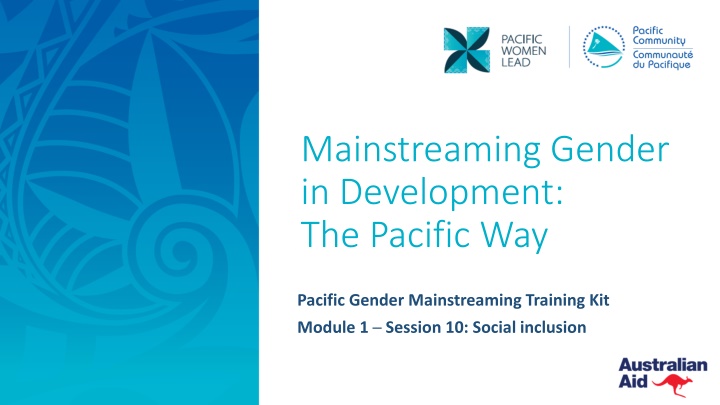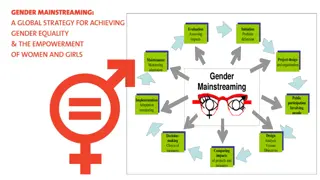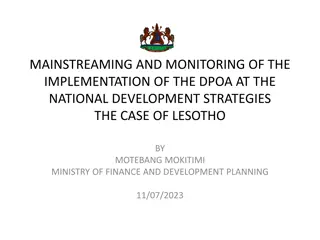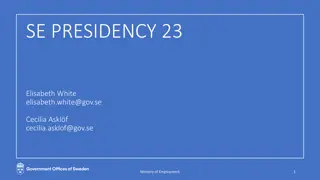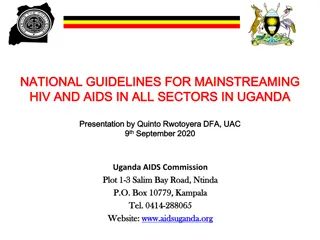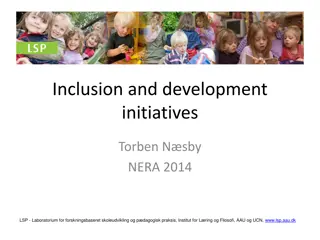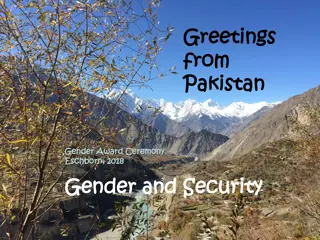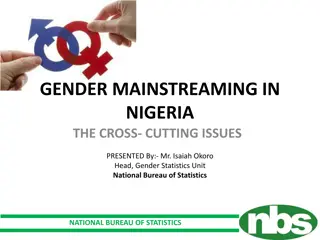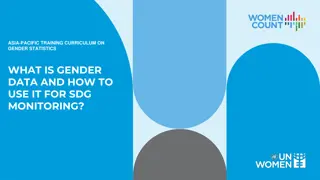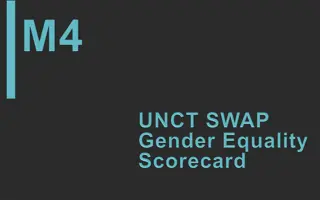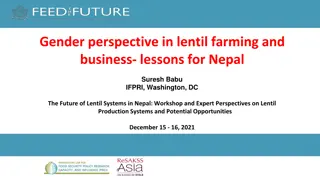Mainstreaming Gender in Development: The Pacific Way - Social Inclusion
Social exclusion involves the denial of resources, rights, and services, impacting individuals' quality of life and society as a whole. Learn about who is excluded, manifestations of social exclusion, and promoting social inclusion to empower all members of society.
Download Presentation

Please find below an Image/Link to download the presentation.
The content on the website is provided AS IS for your information and personal use only. It may not be sold, licensed, or shared on other websites without obtaining consent from the author.If you encounter any issues during the download, it is possible that the publisher has removed the file from their server.
You are allowed to download the files provided on this website for personal or commercial use, subject to the condition that they are used lawfully. All files are the property of their respective owners.
The content on the website is provided AS IS for your information and personal use only. It may not be sold, licensed, or shared on other websites without obtaining consent from the author.
E N D
Presentation Transcript
Mainstreaming Gender in Development: The Pacific Way Pacific Gender Mainstreaming Training Kit Module 1 Session 10: Social inclusion
Learning outcomes Learning outcomes At the end of this session you will understand: how to recognise social inclusion the complexities of social inclusion and how to promote inclusive practice.
What is social exclusion? What is social exclusion? Social exclusion involves the lack or denial of resources, rights, goods and services. The inability to participate in the normal relationships and activities available to most people in a society. It affects both the quality of life of individuals and the equity and cohesion of society as a whole.
Social exclusion is based on who people are Social exclusion is based on who people are Gender Age Ethnic group/race Religious background Marital status and more!
Who is excluded? Who is excluded? People who do not conform to social norms are often socially excluded. They may: Act differently or talk differently from what is expected of them Do non-traditional work related for their gender Love someone different from what is expected Refuse to obey/to do what is expected from them Have different beliefs or values.
Manifestations of social exclusion Manifestations of social exclusion Knowledge and skills undermined Limited access to, and control over, resources Violation of rights Discrimination Disrespect
Social inclusion: No one left behind Social inclusion: No one left behind Social inclusion is a complementary process to empowerment, where: empowered people know their rights, build their capacities, express their views, and set their own priorities socially inclusive organisations remove the barriers, transform the rules of the game that prevent people from participating and benefiting from public services and development outcomes.
Transforming norms and rules Transforming norms and rules Social inclusion means that every individual has equal opportunities to: access economic, political, social and cultural resources develop their capabilities participate in the development of their community be recognised as a valuable and respected member of their community, with equal rights benefit from development outcomes and a share of the wealth that those provide exercise their rights (all of them!).
Social inclusion: No one left behind Social inclusion: No one left behind
Evaluation questions Evaluation questions 1. Name three segments of a population that are often socially excluded. 2. Give an example of what socially excluded people may experience.
Evaluation questions Evaluation questions 1. Name three segments of a population that are often socially excluded. a) Youth b) Persons with disabilities c) Women d) Migrants.
Evaluation questions Evaluation questions 2. Give an example of what socially excluded people may experience. a)They are discriminated against. b)They are given favourable treatment. c) They are wealthier than others. d)Their views are usually valued.
